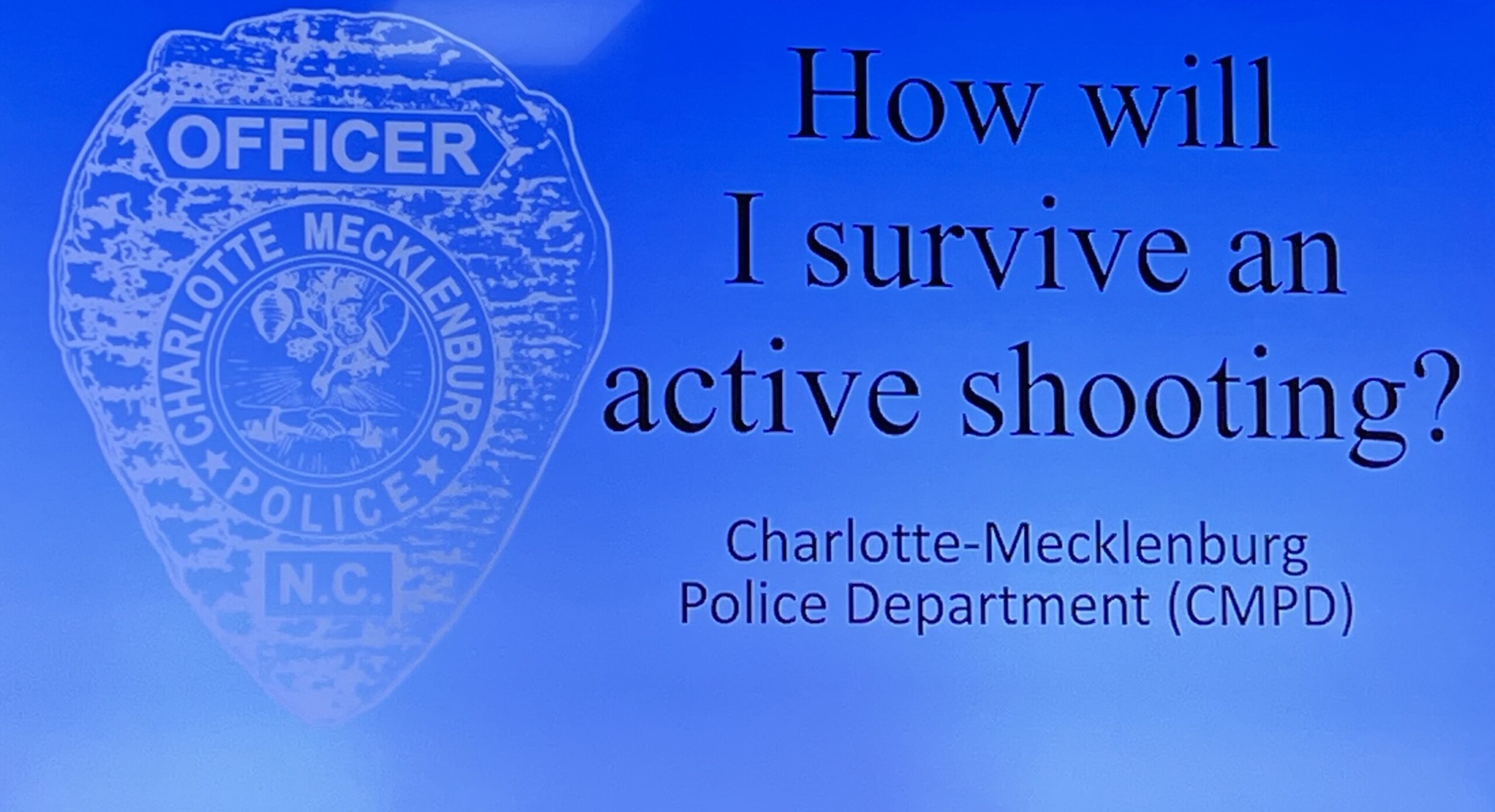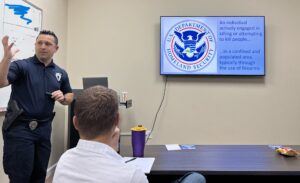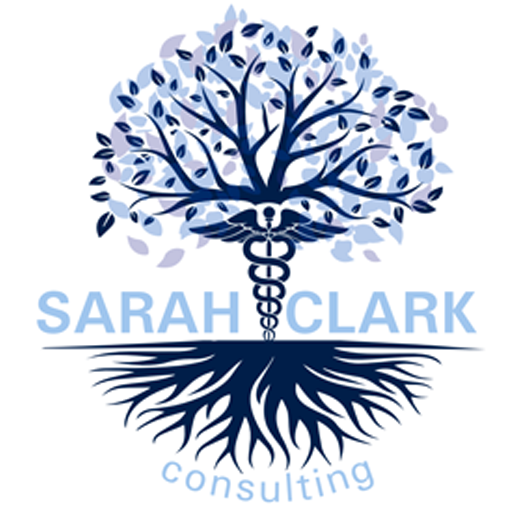
Recently, I suggested that a client set up active shooter training for their office. I attended this training to document it for their Emergency Action Plan (EAP). The training was scheduled for two hours, and I initially thought it might be challenging to keep everyone engaged for that long. However, it turned out to be one of the BEST trainings I have ever attended.
In the US, between 2000 and 2022, there were 484 active shooter events. The country with the second-highest number of shootings during the same period was Canada, with a total of 17. These 484 events resulted in 3,571 casualties. 1,264 deaths and 2,182 injuries. Such events occur in schools, places of worship, concerts, and workplaces, affecting big cities, small country towns, and people of all ethnicities and genders. Nearly 50% of these active shooter events happen in places of business. Given this reality, it is essential that your team is as prepared as possible.
In healthcare, the general public frequently enters your workplace, increasing the need for robust safety measures. Keeping your team safe must be a priority. Your staff already wears PPE, and OSHA provides guidelines on the importance of an Emergency Action Plan, including how to protect against injury or fire. Adding active shooter training to your EAP is a crucial step in ensuring comprehensive safety.
Many police departments offer this training free of charge. Check with your local Public Information Officer to see if it is available in your area. If your local resources do not provide this service, reach out to me, and I can provide you with excellent contact information.
Why Active Shooter Training is Crucial for Medical Practices
Active shooter training in healthcare settings isn’t mandated by specific federal regulations, but it is encouraged and supported by various guidelines and recommendations. Here are some relevant points:
OSHA Guidelines
The Occupational Safety and Health Administration (OSHA) does not have a specific standard for active shooter situations, but it does provide general guidelines for workplace violence prevention. OSHA encourages healthcare facilities to have comprehensive Emergency Action Plans (EAPs) that include active shooter response procedures.
The Joint Commission
The Joint Commission, which accredits and certifies healthcare organizations, emphasizes the importance of emergency preparedness. While it doesn’t specifically mandate active shooter training, it requires healthcare organizations to have plans for all types of emergencies, which can include active shooter scenarios. Compliance with The Joint Commission’s standards often necessitates training staff on emergency procedures.
CMS Emergency Preparedness Rule
The Centers for Medicare & Medicaid Services (CMS) issued an Emergency Preparedness Rule requiring healthcare providers to have an emergency preparedness program. This includes risk assessment and planning, which can encompass active shooter scenarios. The rule requires facilities to develop and maintain an emergency plan, policies, and procedures, communication plans, and training and testing programs.
Recommendations from Federal Agencies
Federal agencies such as the Department of Homeland Security (DHS) and the Federal Emergency Management Agency (FEMA) provide resources and recommendations for active shooter preparedness. These guidelines are not regulations but serve as valuable tools for developing effective training programs.

Active Shooter Training conducted by CMPD
State and Local Regulations
State and local regulations may vary. Some states have specific requirements for workplace violence prevention that can include active shooter training. Healthcare organizations should check with state and local authorities to ensure compliance with any relevant regulations.
Professional Organizations
Professional organizations like the American Hospital Association (AHA) and the American Medical Association (AMA) advocate for comprehensive emergency preparedness, which can include active shooter training. Their guidelines and best practices can help healthcare facilities develop effective training programs.
In summary, while there may not be federal regulations specifically mandating active shooter training in healthcare, it is highly recommended as part of broader emergency preparedness efforts. Ensuring compliance with OSHA guidelines, The Joint Commission standards, and CMS requirements is crucial, and incorporating active shooter training can significantly enhance the overall safety and preparedness of healthcare facilities.
Implementing active shooter training is a proactive step toward ensuring the safety and security of your team and patients. It equips everyone with the knowledge and skills needed to respond effectively in the face of danger.
Stay safe, stay prepared, and let’s turn chaos into calm together.
Resources
DHS- US Department of Homeland Security, Active Shooter Pocket Card
FBI- FBI Active Shooter Safety Resources
Thank you to the Charlotte-Mecklenburg Police Department (CMPD) and Johnathan Frisk for presenting this program and keeping the community educated and safe.
Did you know Sarah Clark Consulting offers a FREE practice self-assessment? CLICK HERE to take the one minute assessment and get some great information to keep the smile on your face while making your practice more efficient!
